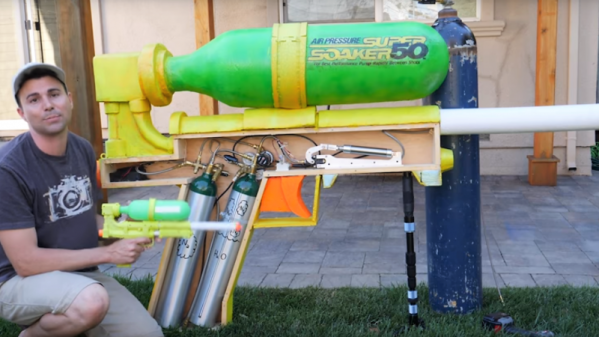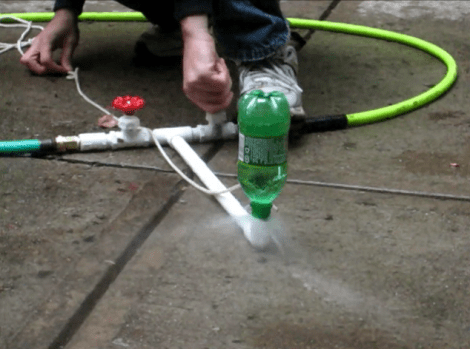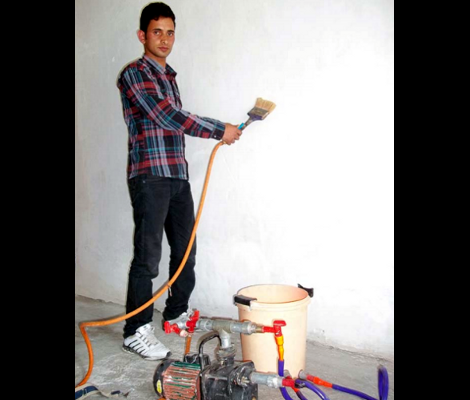Creating music in 2024 is made easier by ready access to a host of effects in software that were once the preserve only of professional studios. One such is the delay; digital delays are now a staple of any production software where once they required infrastructure. [Look Mum No Computer] is no stranger to the world of Lo-Fi analogue music making, and along with his musical collaborator [Hainback], he’s created an analogue delay from an unexpected material: garden hose pipe.
The unit takes inspiration from some commercial 1970s effects, and lends a fixed short delay intended to give a double-tracking effect to vocals or similar. It involves putting a speaker at one end of a reel of hose and a microphone at the other, while the original unexpectedly used Shure SM57 capsules as both speaker and microphone they use a very small loudspeaker and a cheap microphone capsule.
The sound is not what you’d call high quality. Indeed, it’s about what one might expect when listening down a long pipe. But when mixed in behind the vocals, it gives a very pleasing effect. The duo use it on their new EP which, as you might expect, is released on vinyl.
If such effects interest you, also take a look at a 1950s reverb room at the famous Abbey Road Studios in London.

















